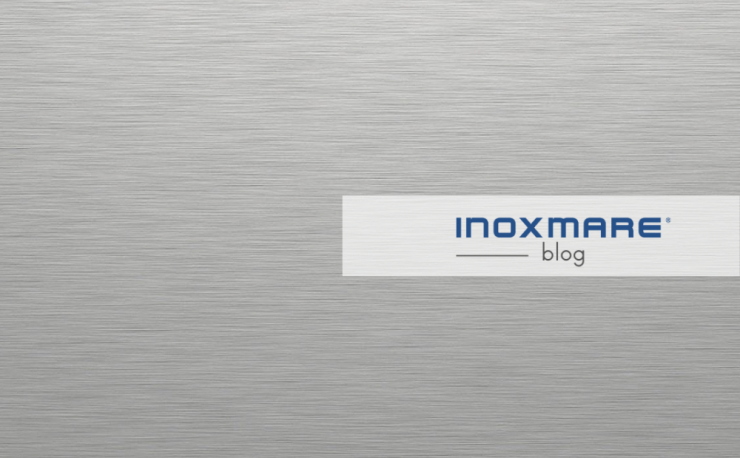
This is a topic that we already covered a few years ago on our blog. In today’s post we allow to deal now with important points and add some useful information. Let us take a look at the alloying elements in stainless steels..
About alloying elements in stainless steel.
Stainless steel refers to an important family of corrosion-resistant alloys containing at least 10.50% of chromium (according to European standard EN10088) and other alloying elements. As we already know, these steels are divided into five categories: martensitic, ferritic, austenitic and austenitic-ferric (known as Duplex). But let’s take a closer look!
Martensitic Stainless Steels: Fe-Cr-C-(Ni-Mo) alloys.
These alloys have a chromium content that can vary from 11.50% to 18%. Compared to other stainless steels, their carbon content is relatively high (0.15 to 1.20%). In addition, molybdenum can also be used. Here are some more useful information:
- these grades can be hardened through heat treatment to provide greater strength and hardness
- these steels are magnetic
- common uses: surgical instruments, knives, mechanical parts (e.g. shafts), etc.
Ferritic Stainless Steel: Fe-Cr-(Mo) alloys.
Ferritic grades are characterised by:
- low carbon content (C<0.08%)
- variable chromium content (10.50% to 30.00%)
- some may also contain molybdenum (up to 4.00%).
But how can these grades be hardened? Precisely through heat treatment. Here is some more information about this type of steel:
- they are magnetic
- ideal when a certain resistance to corrosion is required (e.g. chloride stress)
- common uses: automotive exhaust systems and trims, hot water tanks, etc..
Austenitic Stainless Steels: Fe-Cr-Ni-(Mo) alloys.
Here are the characteristics of austenitic grades:
- carbon is kept at low levels (C < 0.08%)
- chromium content varies from 16.00 to 28.00%
- nickel content varies from 3.50 to 32.00%.
Thanks to this chemical composition, they are able to maintain an austenitic structure from cryogenic temperatures up to the melting point of the alloy. In addition, they can be hardened by heat treatment. What are the main properties of these steels?
- excellent corrosion resistance, ductility and toughness
- common uses: food processing and chemical industry equipment, household appliances and some architectural applications.
Duplex-Austenitic-Ferritic Stainless Steels: Fe-Cr-Ni-(Mo)-N alloys.
Duplex stainless steels contain:
- carbon at very low levels (C < 0.03%)
- chromium varies from 21.00 to 26.00%
- nickel varies from 3.50 to 8.00%
- molybdenum (up to 4.50%).
These grades have a mixed structure of ferrite (50%) and austenite (50%), with physical properties such as:
- magnetism
- higher yield strength (compared to austenitic stainless steels).
But what are the common uses of this type of steel? For example, marine applications, petrochemical plants, desalination plants, heat exchangers and the paper industry.
Visit our website and find out how easy it is for companies to buy our stainless steel fasteners online.
Want to read more articles? Continue here.